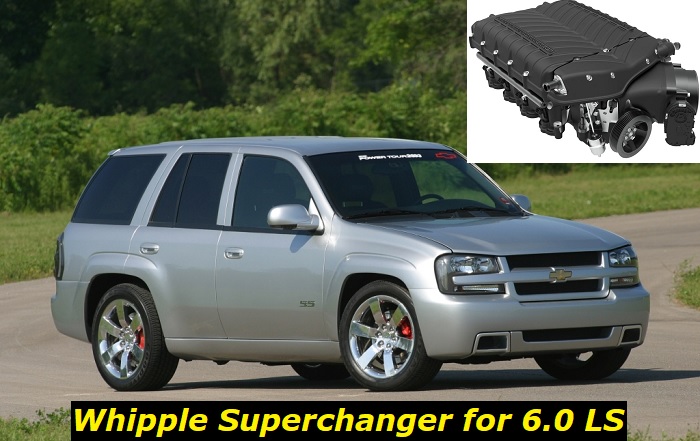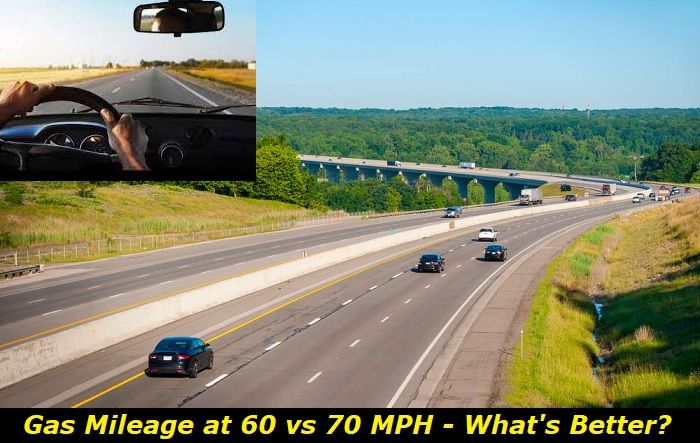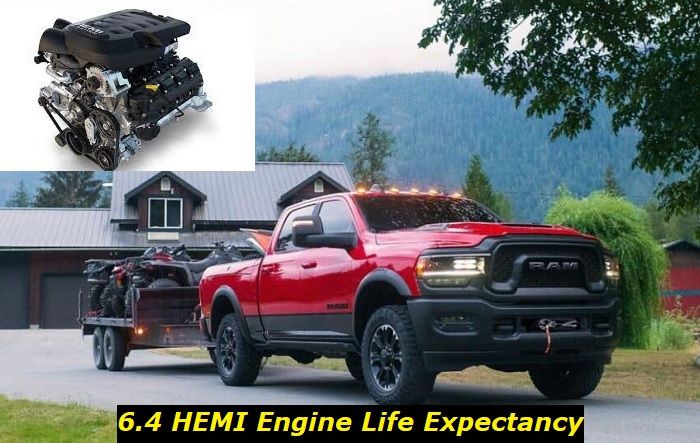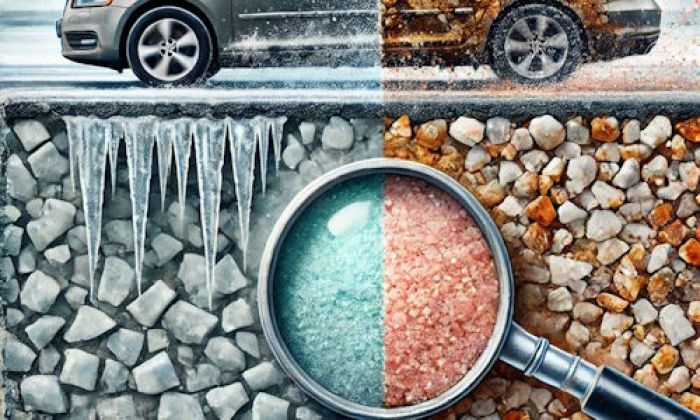The 6.0L LS engine packs a lot of horsepower and torque, which makes it one of the most widely acclaimed engines made by GM. It's for this reason that it is utilized in both luxury vehicles and high-performance autos. Although it's already capable of up to 400 hp, there is still plenty more room for extra power if you are considering adding a supercharger to it, especially if it's from the world-renowned Whipple Superchargers.
Key features and my opinion about the engine
- Production years:1999-2007
- Average lifespan of 6.0 LS:300,000-340,000 miles
- Fuel supply type:port injection
- Power range:300-335 hp
- Fuel efficiency:awful
- Engine block material:cast-iron
- Engine reliability score:high
- The most common problems:cooling system problems with fatal consequences, oil consumption, minor problems.

Things Presented Here
The contents of this post are tailored to people who are considering partnering their 6.0-liter LS engine with a Whipple supercharger, such as:
- 6.0 LS engine specs:to give you an idea of the capabilities of your engine in its stock configuration.
- What does a supercharger do:offers a brief introduction to the basics of superchargers.
- Types of superchargers:to provide you with information on the kinds of superchargers you can choose from.
- How much power can a Whipple supercharger add:takes you to the hidden potentials of your engine that can be unlocked with the Whipple supercharger.
- How much do Whipple superchargers cost:provides information on how much Whipple supercharger costs and other expenses associated with its installation.
- Risks brought about by superchargers:to help you weigh your choice as to whether or not you should proceed with the installation of a supercharger.
6.0 LS Engine Specs
The 6.0L LS engine was introduced in the Cadillac CTS and Chevrolet Trailblazer SS in 2005 and quickly became one of GM's most popular engines. It's known for its high-power output and reliability, making it an ideal choice for both performance and daily-driven applications.
The 6.0L LS is an aluminum block V8 with cast iron cylinder liners composed of 4 valves per cylinder. It has a bore diameter of 4.0 inches and a stroke of 3.62 inches. The compression ratio of the unit is 10.9:1 and the redline is 6500 rpm. Depending on its application, the engine produces 390 to 400 hp at 6,000 rpm and 400 lb-ft of torque at 4,400 rpm.
As you can see here, the 6.0-liter LS is already packing a lot of power that is still capable of matching the output offered by present-day performance-oriented engines. If that's not enough for you and you want to squeeze more from your auto, a way to do that is via tuning, especially through the addition of a supercharger.
What Does a Supercharger Do?
In a nutshell, a supercharger is an air compressor. It is responsible for bringing in more air pressure or density going to the internal combustion engine. This process helps generate more oxygen in each intake cycle, hence, letting it burn more fuel and perform better which eventually translates to massive power-ups.
Superchargers are commonly used on piston-type engines, but can also be used on turbine engines. They are sometimes added to a naturally aspirated engine to produce forced induction. A supercharger can also be used without an intercooler, in which case it is called "direct-injected." Direct injection allows the supercharger to pressurize the air directly before it enters the cylinders rather than going through an intercooler first. This eliminates heat soak from the charge air, which can result in power loss.
Types of Superchargers
Superchargers are classified according to how they are driven. There are three types of superchargers in this category: mechanical, electrical, and exhaust gas-driven.
Mechanical superchargers are driven by the engine's crankshaft via a belt, chain, or gear. Electrical superchargers are powered by an electric motor. Exhaust gas-driven superchargers use exhaust gases from the engine to drive the compressor.
Superchargers boost the power of an engine by increasing the amount of air that is drawn into the cylinders. This allows more fuel to be burned, which increases the power output of the engine. Superchargers are typically used on engines that are naturally aspirated, or not equipped with a turbocharger.
Superchargers come in two main types in terms of displacement: centrifugal and positive displacement. Centrifugal superchargers are more common and are typically used on smaller engines. Positive displacement superchargers are typically used on larger engines.
Centrifugal superchargers work by using an impeller to draw air into the center of the unit and then accelerating it outward. This type of supercharger is less efficient at lower engine speeds but provides more power at higher engine speeds. Positive displacement superchargers work by trapping air in pockets and then releasing it into the engine. This type of supercharger is more efficient at lower engine speeds but can cause more strain on the engine at higher engine speeds.
The choice of which type of supercharger to use depends on the application. Centrifugal superchargers are typically utilized on smaller engines that will be operated at higher engine speeds, such as race cars. Positive displacement superchargers are typically fitted on larger engines that will be operated at lower engine speeds, such as trucks and SUVs.
How Much Power Can a Whipple Supercharger Add?
The Whipple Twin Screw Compressor supercharger is a device that increases the power of an engine by compressing the air that enters it. In the case of the LS engine, the setup can normally add up to 150 horsepower. However, when paired with extreme modifications in the engine, exhaust system, and ECU, it could raise the total output of the engine by over 1,000 hp.
The Whipple supercharger compresses the air before it enters the engine, which increases the amount of oxygen available to the engine. The improved airflow and air quality allow the engine to burn more fuel and produce more power. The spike in power can be used to make the car get a higher max speed or to make it accelerate faster.
The Whipple supercharger is a mechanical supercharger with a positive displacement feature. It has a twin-screw design that uses two screws to compress the air. The screws are placed in a housing that is attached to the intake manifold of the engine. The housing has an inlet and outlet port for each screw. The screws are driven by a belt that is connected to the crankshaft of the engine.
Twin-screw superchargers are better than other types because they are more efficient, have less parasitic drag, and can provide more boost.
How Much Do Whipple Superchargers Cost?
The prices of Whipple superchargers for the 6.0-liter LS engine may balloon up to $4,500 depending on your area and the seller where you are getting it. Installation costs vary depending on the type of vehicle, the shop performing the work, and whether or not it is coupled with other car mods, but they typically run between $1,500 and $2,000.
The benefits of installing a Whipple supercharger on an LS engine are numerous. First, the increased airflow provided by the blower helps the engine breathe better, resulting in more power. Second, the added boost helps to improve fuel economy by allowing the engine to run more efficiently. Third, the supercharger provides a significant increase in traction, which is especially beneficial for those who live in areas with cold winters and icy roads.
For those looking to get the most out of their 6.0-liter LS engine, a Whipple supercharger is an excellent option due to the aforesaid factors.
Risks Brought about by Superchargers
As mentioned, superchargers provide plenty of advantages in the performance of your vehicle. They can provide a significant power increase, but they come with some drawbacks that should be considered before deciding to use them.
Although superchargers can significantly pump up the power of your engine, which is definitely a good thing, the boost in load may also strain the engine. This can lead to quick wear and tear of its internal components and other parts linked to it. Superchargers can also increase the fuel consumption of an engine depending on its calibration.
Another drawback is that they can cause the engine to run hotter due to the increased air density. This can lead to pre-ignition and knock if not properly tuned.
Therefore, if you are installing a Whipple supercharger to complement your 6.0-liter LS engine, make sure that it is done by a professional. This will ensure its proper installation and calibration to mitigate your risk of encountering problems connected to it or eliminate them altogether.
Should You Install a Whipple Supercharger to Your 6.0-liter LS Engine?
The answer to this question totally depends on your needs or preferences. If you are looking to bump your engine performance for whatever reason, then, by all means, install a Whipple supercharger in it.
Just remember the costs and risks associated with it while weighing your decision. Most importantly, make sure that you are buying your supercharger from an authorized dealer with good customer reviews to ensure the quality of your product. Moreover, have the installation done by expert mechanics so that you won't be exposing your vehicle to possible problems. These things will guarantee that you will make the most desirable outcome out of your engine upgrade.
About the authors
The CarAraC research team is composed of seasoned auto mechanics and automotive industry professionals, including individuals with advanced degrees and certifications in their field. Our team members boast prestigious credentials, reflecting their extensive knowledge and skills. These qualifications include: IMI: Institute of the Motor Industry, ASE-Certified Master Automobile Technicians; Coventry University, Graduate of MA in Automotive Journalism; Politecnico di Torino, Italy, MS Automotive Engineering; Ss. Cyril and Methodius University in Skopje, Mechanical University in Skopje; TOC Automotive College; DHA Suffa University, Department of Mechanical Engineering






Add comment